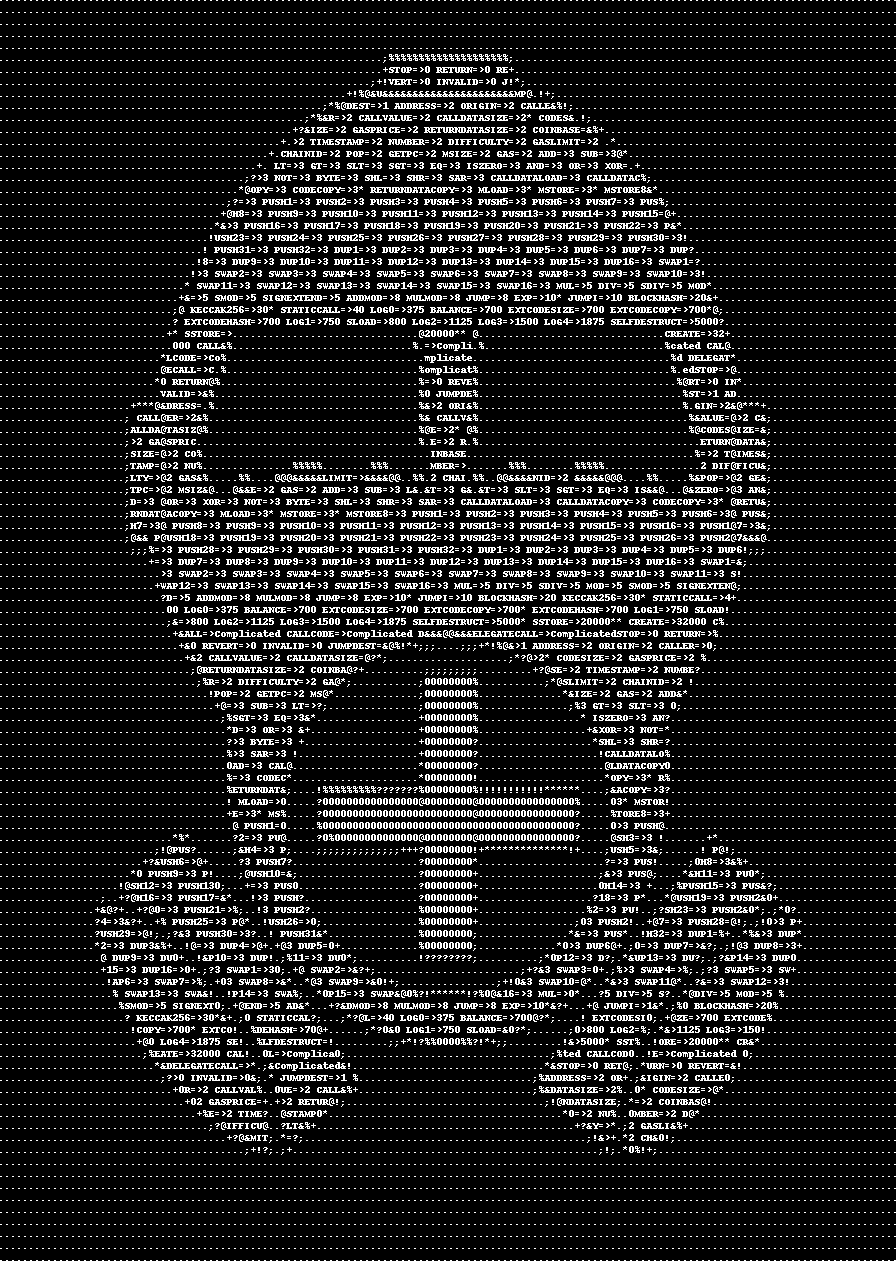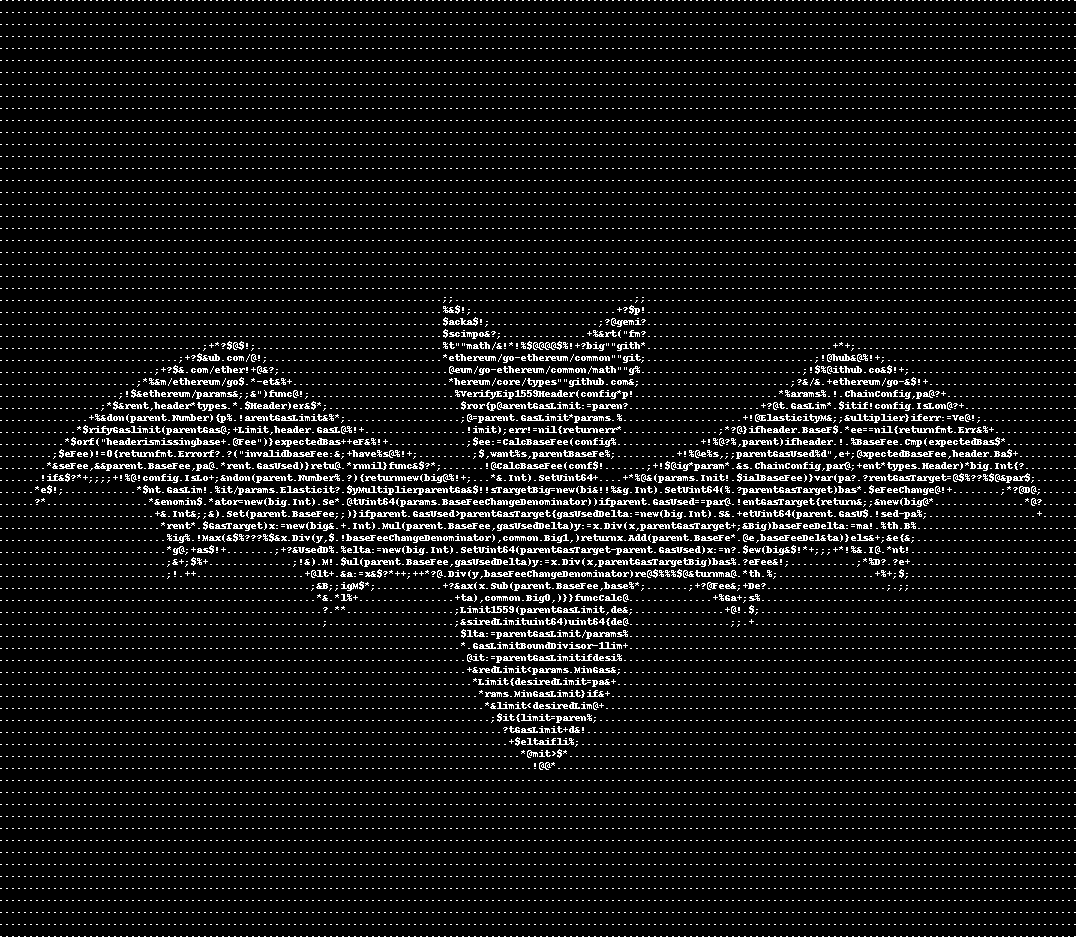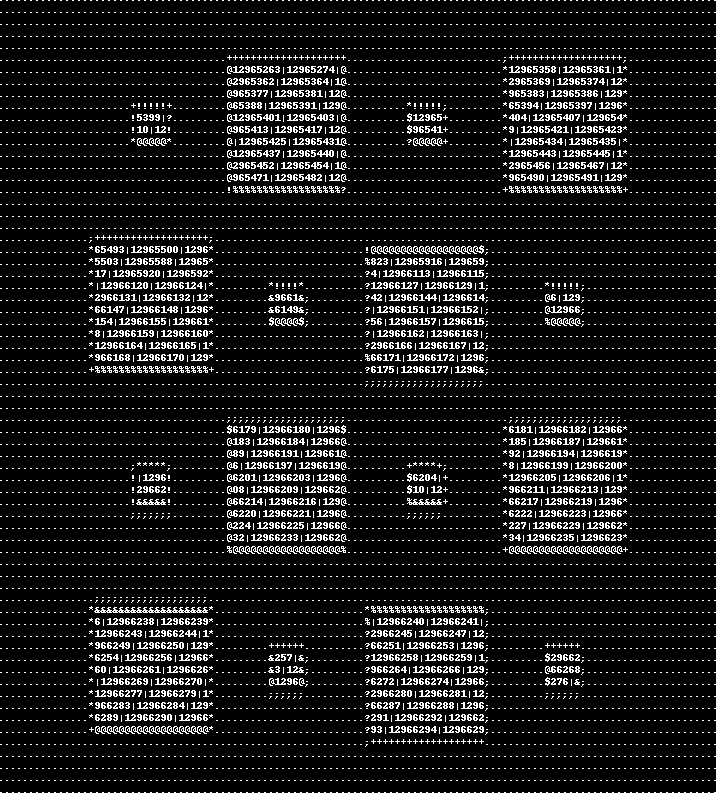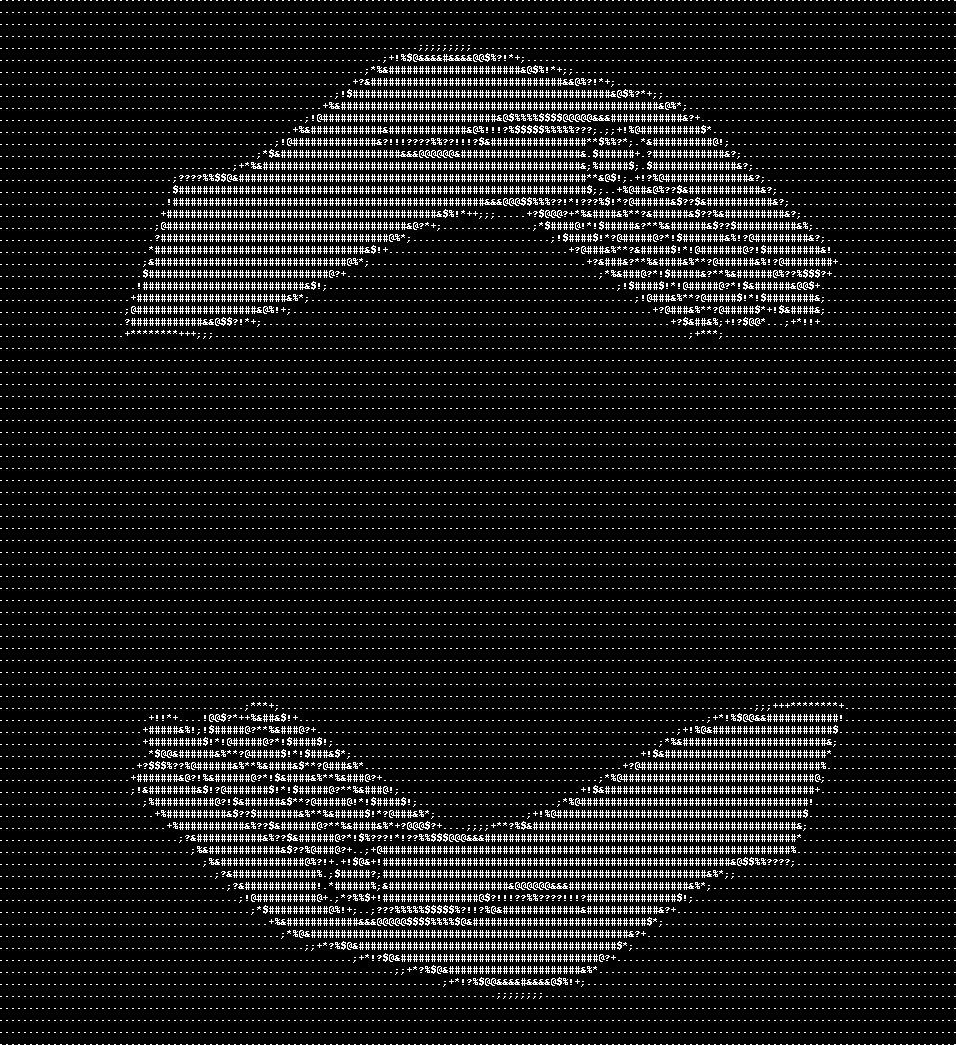As an NFT creator, I aim to educate my audience about the technical aspects of the web3/crypto ecosystem. I want my audience to understand the technology “under the hood” of this rapidly growing and revolutionary industry, as we are all learning together :)
Recently, I held a series of NFT games/events to explain Gas, Gas Wars, and most importantly, EIP-1559. Here is a quick recap of what went down:
Gas NFT
Gas is the transaction fee paid by users interacting with the Ethereum Blockchain. The computational complexity of a smart contract dictates the total amount of gas paid in an Ethereum transaction. Specifically, each EVM (Ethereum Virtual Machine) opcode (a single program operation) has a gas cost. For example, storing data in a smart contract using the “SSTORE” opcode costs 20,000 gas. *Gas *is a visual representation of the amount of gas users pay in a transaction. *Gas *is a gas meter comprised of every EVM opcode mapped to its associated gas cost (i.e., SSTORE => 20000). In 15 minutes and 59 seconds, 2309 gas NFTs were minted in an open edition on Nifty Gateway.

Gas Mask NFT
As most NFT collectors know, popular on-chain NFT auctions often result in gas wars: users pay higher gas fees to miners with hopes of executing an NFT mint transaction before other users. Unfortunately, this often creates a gas bidding war, causing gas fees to spike for the entire network. The first Gas game used the *Gas *NFT itself to simulate a gas war. Specifically, in 24 hours, the top 11 accounts that acquired the most *Gas *NFTs were awarded a Gas Mask.

Yet, Gas Wars was only the beginning. The Ethereum London Hardfork occurred in block #12965000. Amongst several updates, one was EIP-1559, a fundamental change to the Ethereum transaction fee mechanism. A critical feature of EIP-1559 is that a certain portion of the gas fee (called the base fee) is burned during every transaction. The next series of Gas games included 3 burn events where users burned their* Gas *NFT in exchange for another NFT. Effectively, we simulated the gas burn implemented in EIP-1559 with NFTs!
Burn Event #1
In the first burn event, users had to burn 2 *Gas *NFTs for 1 *Ultrasound *NFT. Participants burned a total of 765 editions of Gas. But why did burners receive Ultrasound for burning 2 *Gas *NFTs? The crypto community often refers to ETH as ultrasound money due to its underlying economic properties. Specifically, in EIP-1559, the base gas fee of every transaction is burned. As a result, if gas fees are high and there is significant network demand, ETH can become a deflationary asset (more ETH is burned than mined). Ultrasound represents a homage to the bat and sonar emojis used by the crypto community, symbolizing ETH as ultrasound money, and is composed of EIP-1559 source code from go-ethereum.

Burn Events #2 & #3
The second and third burn events happened simultaneously. Participants burned a total of 574 editions of *Gas *during these events. This final combined burn event required users to burn a *Gas *NFT to enter for the chance to receive 1 of 2 possible NFTs. If participants held the *Ultrasound *NFT from burn #1, they only needed to send 1 Gas per entry into the burn. Otherwise, participants needed to send 2 Gas per entry into the burn. The *Ultrasound *NFT acted as a ‘gas discount’ to participate in the burn. Entries were unlimited. Each burn entry received 1 of 2 possible NFTs (25% received the *Miner Tip *NFT, and 75% received the *Blockspace *NFT). But what are *Miner Tip *and Blockspace?
Blockspace:
In EIP-1559, block space is flexible and adjusts accordingly with network demand. There is an average block size of 15 million gas used and a maximum gas limit of 30 million. Blockspace is a visual representation of variable block sizes composed of deflationary block numbers until block #13787495. Again, deflationary blocks happen when more gas is burned than created/rewarded to the block’s miner (here is an example).

Miner Tip
In EIP-1559, every transaction fee is composed of both a base fee and a miner tip. The base fee is burned, and the miner tip is paid to a block’s miner. The miner tip equals the gas used in a transaction * minimum(miner tip, fee cap — base fee). The miner tip is essentially a small bribe to miners in order to incentivize the inclusion of transactions with the largest tip into a block. Miner Tip is a visual representation of an ETH tip between users and miners with the ETH symbol containing the exact miner tip formula code from go-ethereum.

The final burn event had one last twist. Since the overall theme of the *Gas NFT *and burns is EIP-1559, we must honor the miner tip. All 11 *Gas Mask *NFT holders were rewarded with a ‘*Gas *tip’. A small portion of all gas burned during the final burn event was split amongst the Gas Mask holders (each Gas Mask holder received 2 *Gas *NFTs from the burn).
The Final Numbers
In summary, here are the final numbers:
- 2,309 *Gas NFTs *were minted
- 765 *Gas NFTs *were burned in Burn Event #1
- 574 *Gas NFTs *were burned in Burn Event #2 and #3
- 992* Gas* NFTs remain in circulation
- There are 382 Editions of the *Ultrasound *NFT
- There are 136 Editions of the *Miner Tip *NFT
- There are 407 Editions of the *Blockspace *NFT
- There are 11 Editions of the *Gas Mask *NFT
Thank you so much to all my collectors that participated in the Gas burn events. I am forever grateful for your support. More coming soon :)